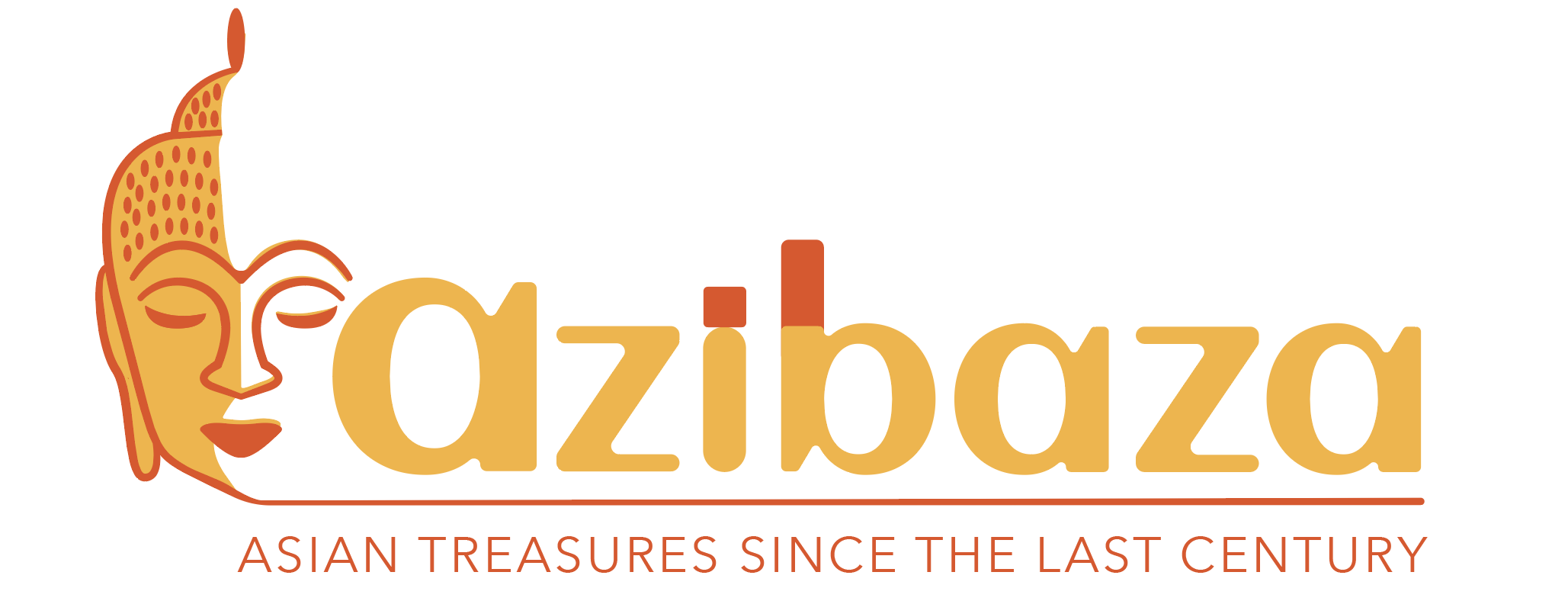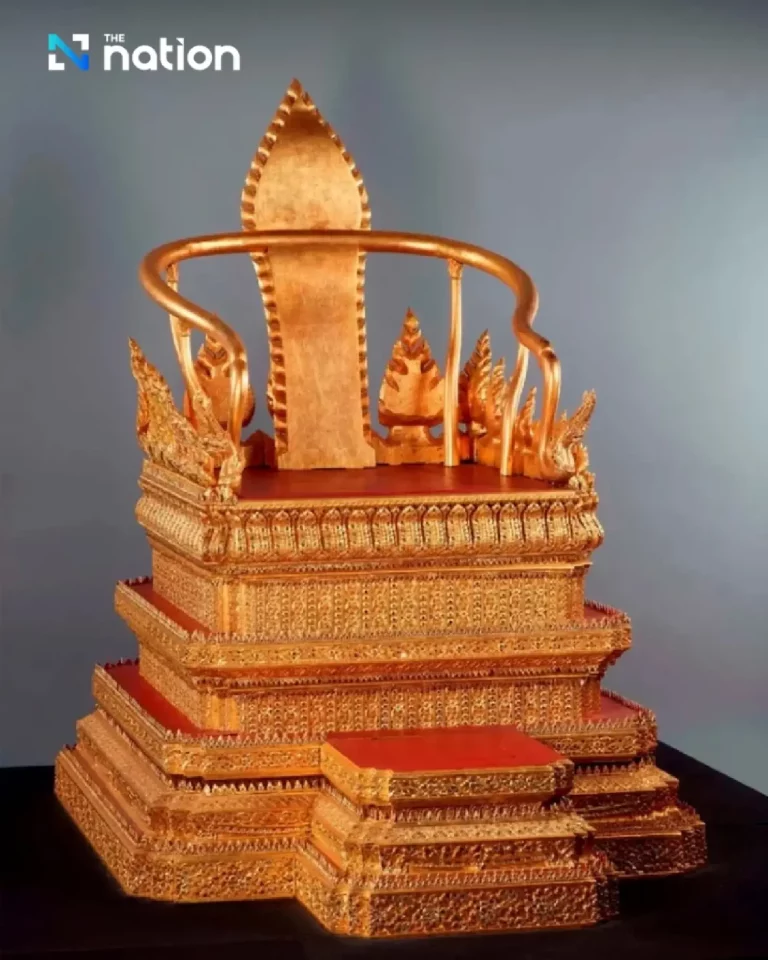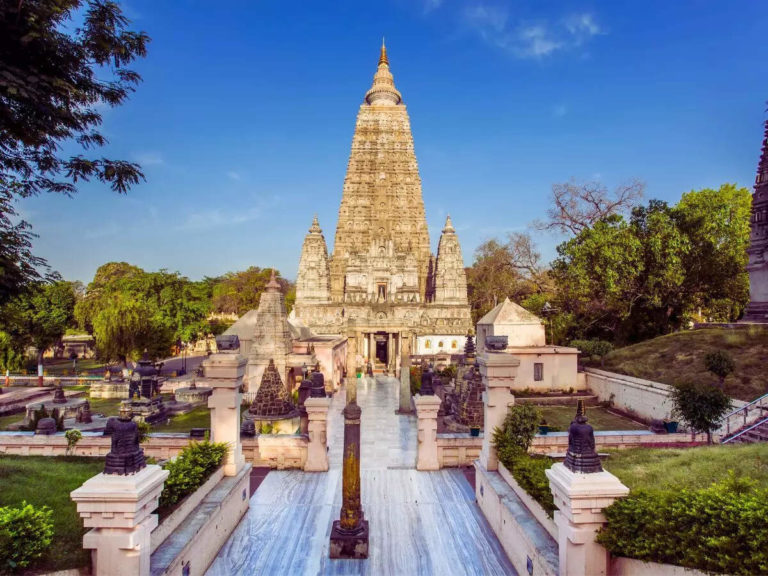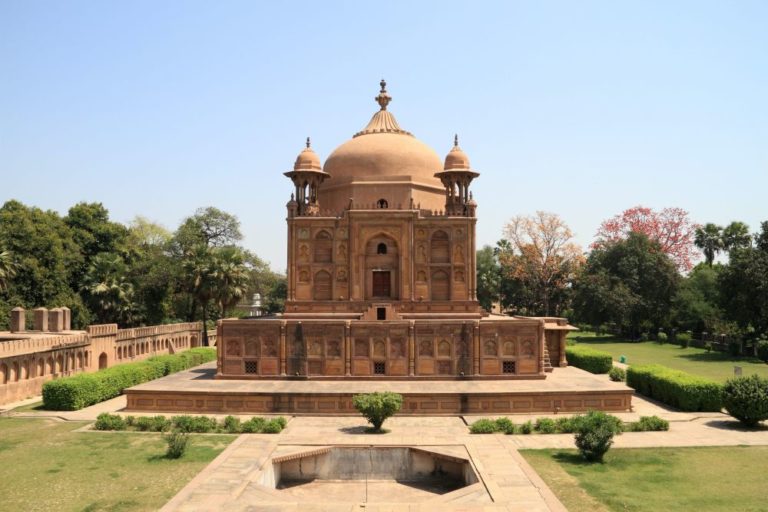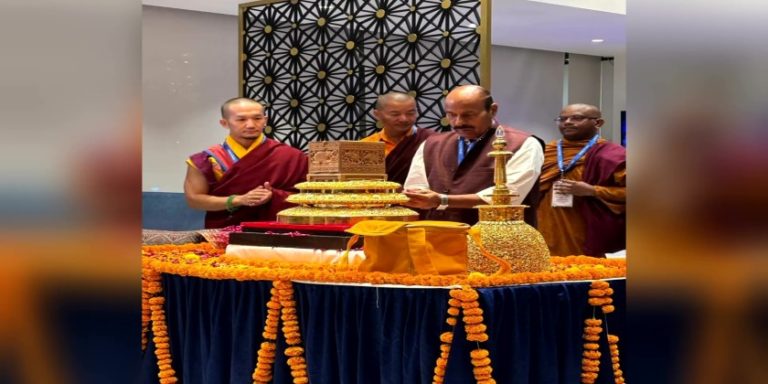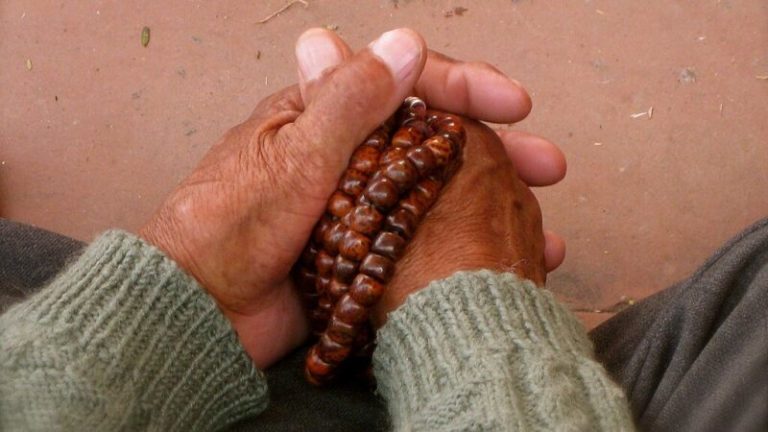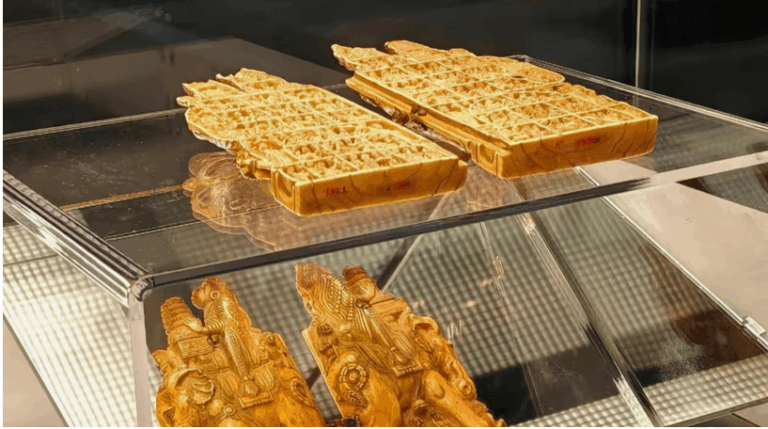Thailand has unveiled one of its most ambitious cultural showcases abroad, transporting 228 rare artefacts and artworks...
Bihar, one of India’s most culturally rich states, is home to two UNESCO World Heritage Sites that...
Kaushambi is emerging as a key Buddhist pilgrimage destination, with standout sites including the new Buddha Theme...
In Dharamshala, Tibetan Buddhists have commemorated Lhabab Düchen—the Buddha’s descent from the heavenly realm—with a consecration and...
Over 2,500 years ago, Prince Siddhartha Gautama—later known as the Buddha—walked away from the ritual-heavy world of...
Bhutan has welcomed the Sacred Relics of Lord Buddha from India in a deeply symbolic gesture of...
Sarnath was awash with colour and devotion yesterday as thousands of Buddhist followers gathered to witness a...
In the hills of central Nepal, a sacred seed has sparked an unlikely economic surge. The Buddha...
A 7th-century ivory carving from India, gifted to the legendary Chinese monk Xuanzang, is now drawing crowds...
